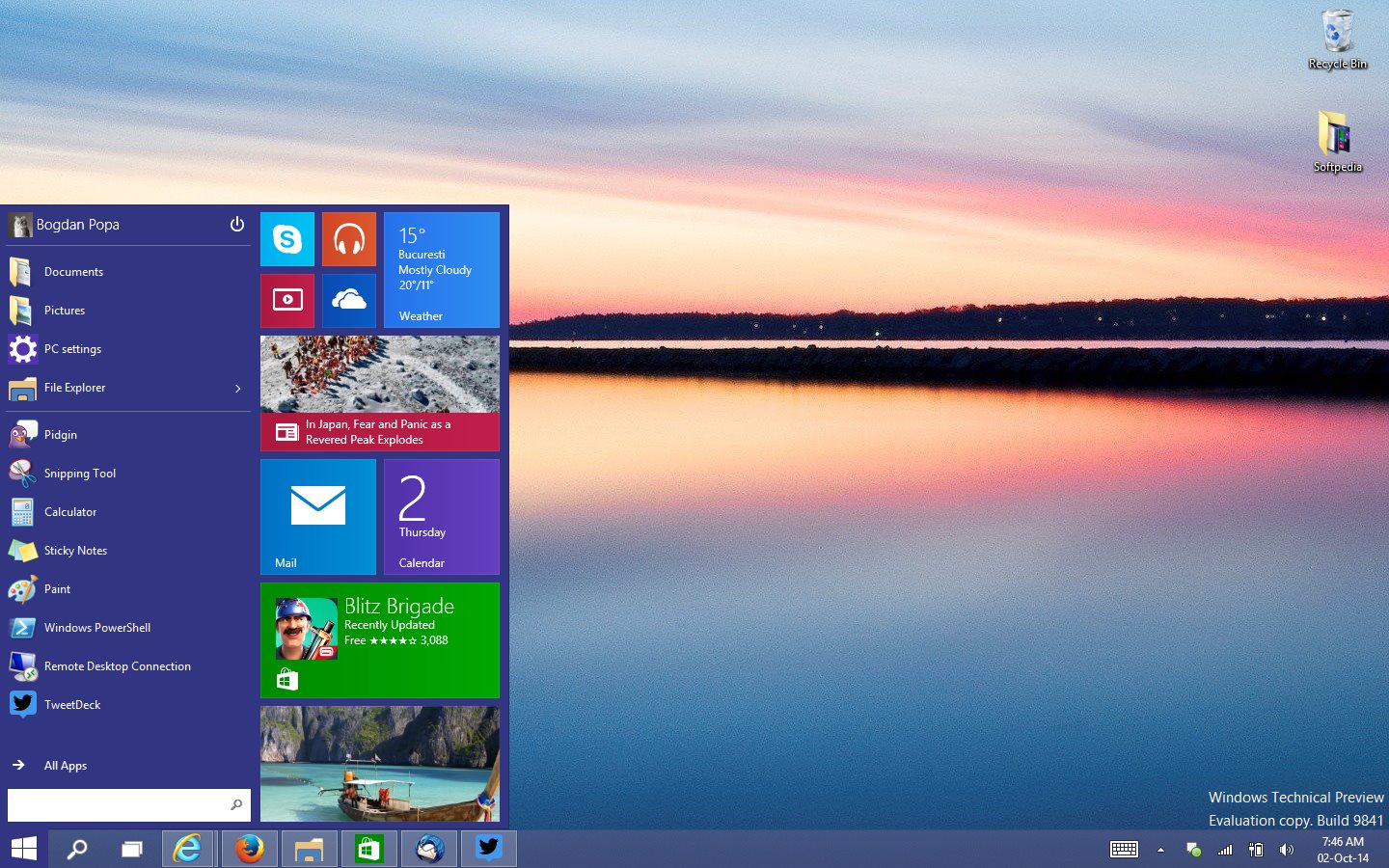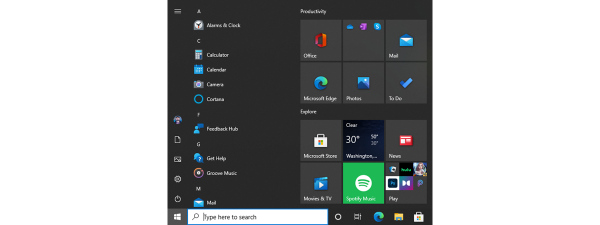
- #CREATE START MENU SHORTCUT WINDOWS WINDOWS 10#
- #CREATE START MENU SHORTCUT WINDOWS PASSWORD#
- #CREATE START MENU SHORTCUT WINDOWS TV#
- #CREATE START MENU SHORTCUT WINDOWS WINDOWS#
Note: You can change this shortcut so it also opens screen snipping, which lets you edit your screenshot.

Take a screenshot of your whole screen and copy it to the clipboard. Open the next menu to the left, or close a submenu. Open the next menu to the right, or open a submenu. Select more than one item in a window or on the desktop, or select text in a document.ĭelete the selected item without moving it to the Recycle Bin first. Turn the Chinese input method editor (IME) on or off.ĭisplay the shortcut menu for the selected item. Switch the keyboard layout when multiple keyboard layouts are available. Select multiple individual items in a window or on the desktop. When a tile is in focus on the Start menu, move it into another tile to create a folder.Ĭtrl + arrow key (to move to an item) + Spacebar When a group or tile is in focus on the Start menu, move it in the direction specified. Use the arrow keys to switch between all open apps. Move the cursor to the beginning of the previous paragraph. Move the cursor to the beginning of the next paragraph. Move the cursor to the beginning of the previous word. Move the cursor to the beginning of the next word. Select all items in a document or window.ĭelete the selected item and move it to the Recycle Bin. Open the shortcut menu for the active window.Ĭlose the active document (in apps that are full-screen and let you have multiple documents open at the same time).
#CREATE START MENU SHORTCUT WINDOWS PASSWORD#
Show your password on the sign-in screen.Ĭycle through items in the order in which they were opened.ĭisplay properties for the selected item. Set focus to the first icon in the Suggested actions menu. Search for a file or folder in File Explorer.ĭisplay the address bar list in File Explorer.Ĭycle through screen elements in a window or on the desktop. Nearly 400,000 subscribers received the newsletter complete with a handwritten tip every day.Close the active item, or exit the active app.
#CREATE START MENU SHORTCUT WINDOWS WINDOWS#
He gave advice on dark web scans on Miami's NBC 6, discussed Windows XP's demise on WGN-TV's Midday News in Chicago, and shared his CES experiences on WJR-AM's Guy Gordon Show in Detroit.Ĭhris also ran MakeUseOf's email newsletter for two years.
#CREATE START MENU SHORTCUT WINDOWS TV#
In addition to his extensive writing experience, Chris has been interviewed as a technology expert on TV news and radio shows. The company's project was later reportedly shut down by the U.S. A wave of negative publicity ensued, with coverage on BuzzFeed News, CNBC, the BBC, and TechCrunch. At CES 2018, he broke the news about Kodak's "KashMiner" Bitcoin mining scheme with a viral tweet. Starting in 2015, Chris attended the Computer Electronics Show (CES) in Las Vegas for five years running.

His work has even appeared on the front page of Reddit.Īrticles he's written have been used as a source for everything from books like Team Human by Douglas Rushkoff, media theory professor at the City University of New York's Queens College and CNN contributor, to university textbooks and even late-night TV shows like Comedy Central's with Chris Hardwick.

#CREATE START MENU SHORTCUT WINDOWS WINDOWS 10#
His roundups of new features in Windows 10 updates have been called "the most detailed, useful Windows version previews of anyone on the web" and covered by prominent Windows journalists like Paul Thurrott and Mary Jo Foley on TWiT's Windows Weekly.

Instructional tutorials he's written have been linked to by organizations like The New York Times, Wirecutter, Lifehacker, the BBC, CNET, Ars Technica, and John Gruber's Daring Fireball. The news he's broken has been covered by outlets like the BBC, The Verge, Slate, Gizmodo, Engadget, TechCrunch, Digital Trends, ZDNet, The Next Web, and Techmeme. Beyond the column, he wrote about everything from Windows to tech travel tips. He founded PCWorld's "World Beyond Windows" column, which covered the latest developments in open-source operating systems like Linux and Chrome OS. He also wrote the USA's most-saved article of 2021, according to Pocket.Ĭhris was a PCWorld columnist for two years. Beyond the web, his work has appeared in the print edition of The New York Times (September 9, 2019) and in PCWorld's print magazines, specifically in the August 2013 and July 2013 editions, where his story was on the cover. With over a decade of writing experience in the field of technology, Chris has written for a variety of publications including The New York Times, Reader's Digest, IDG's PCWorld, Digital Trends, and MakeUseOf. Chris has personally written over 2,000 articles that have been read more than one billion times-and that's just here at How-To Geek. Chris Hoffman is the former Editor-in-Chief of How-To Geek.


 0 kommentar(er)
0 kommentar(er)
